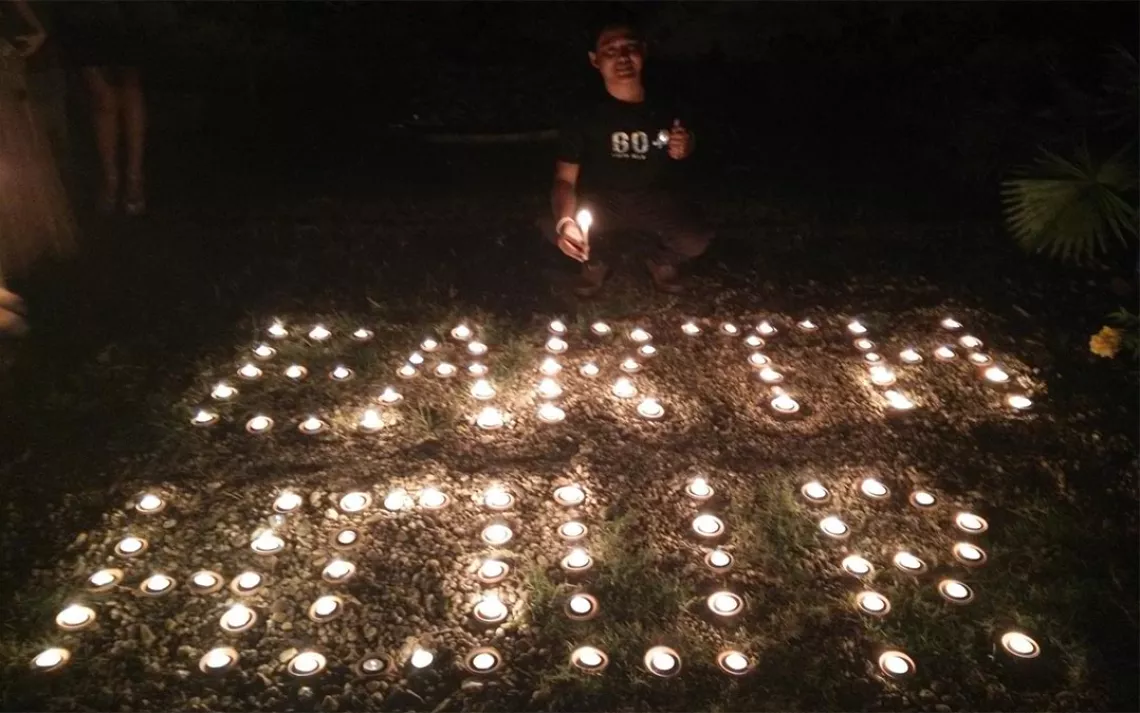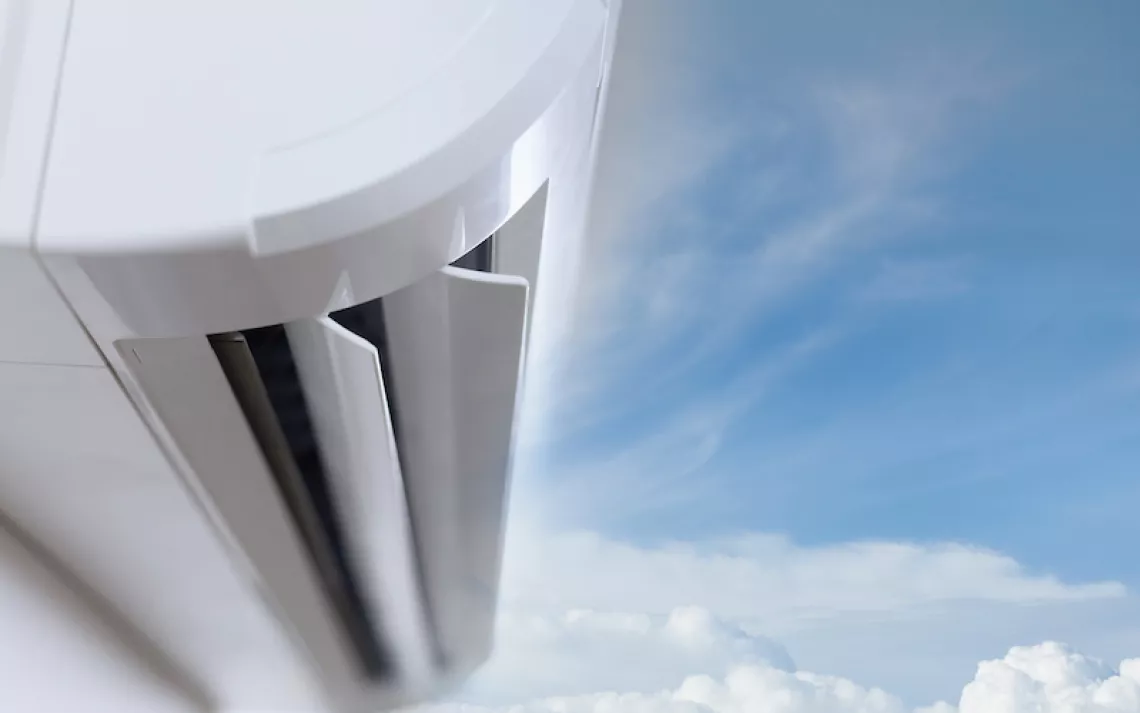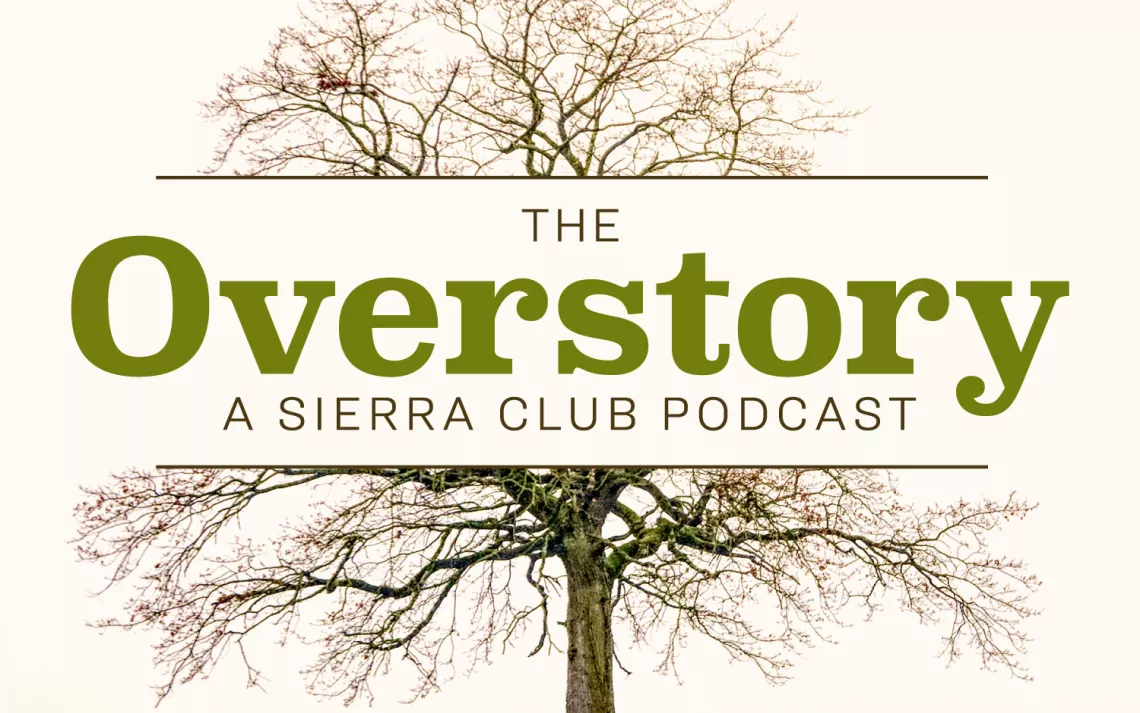Flick a Switch to Change the World?
Earth Hour raises questions about social media and climate activism

2016’s Earth Hour celebration in Myanmar | Photo by Yin Wai/WWF-Myanmar
Turning out the lights may be one of the easiest and simplest ways to help the planet. Earth Hour—the World Wildlife’s Fund widespread climate change initiative—takes the simple flick of a switch to a whole new level. The idea is to spend one hour in complete darkness to raise awareness about the urgent need for energy conservation and sustainability.
Entering its 10th year, the worldwide event will take place on Saturday, March 25, from 8:30 to 9:30 P.M. Earth Hour originated as a 2007 lights-off event in Sydney, Australia. The next year, 26 major cities worldwide and 300 smaller towns shut off their nonessential lights for an hour on a Saturday evening in March. In Atlanta, the CEO of WWF US, Carter Roberts, and the mayor of Atlanta, Shirley Franklin, flipped a giant switch on live TV, symbolically kicking off a wave of switch-offs around the city. In downtown Toronto, Nelly Furtado held a free concert in the dark. And it wasn’t just fanfare—according to WWF Thailand, Bangkok decreased electricity usage by 73.34 megawatts, which, over one hour, is equivalent to more than 40 tons of carbon dioxide. Ireland reported a reduction of about 1.5 percent electricity use for the evening, saving approximately 60 tons of carbon dioxide.
WWF reports that in 2009, 88 countries and 4,159 cities participated. The lights went out on the Sphinx and the Great Pyramids of Giza from 8:30 to 9:30, local Egyptian time. The National Geographic Channel suspended regular programming during Earth Hour and instead showed viewers ways to reduce energy consumption. In 2010, the Empire State Building, Big Ben, and the Eiffel Tower went dark. Some of 2017’s more notable participants will include the Bellagio Hotel and Casino in Las Vegas, Seattle’s Space Needle, the Brooklyn Bridge, Niagara Falls State Park, and the International Space Station. 172 countries will reportedly participate.
As the event has grown, so has its social media presence—raising important questions about how online organizing can play a role in responding to the global climate crisis.
Earth Hour leaders last year urged those concerned about climate change to “donate their social power;” i.e., to take a stand against climate change via their Facebook and Twitter accounts, thus taking the black-out “from skylines to timelines.” As a result, more than 20,400 people promoted the event on their feeds (Earth Hour offered predeveloped posts for personal social media reach), reaching 18.7 million Facebook users and resulting in 2.5 billion instances of Twitter #ChangeClimateChange interactions. This year, Earth Hour is adding Facebook Live to its social arsenal.
Drew Margolin, an assistant professor of communications at Cornell University, notes that social media creates a safe space for like-minded people and supports their opinions. “Even hashtags can allow people to express themselves to a broader group. It makes any kind of movement stronger and more solid. For something like climate change that needs global collective action,” he adds, “you need global awareness. Social media makes that possible.”
However, despite social media’s globally unifying reach, Margolin says that when it comes to encouraging real-life activism, such tools of engagement can fall flat. He points to a recent New York Times study showing that most Americans recognize that climate change is real and will harm their fellow citizens but don’t necessarily see how it will harm them.
Social media, Margolin says, falls short in driving that message home, due to two reasons. “When you donate your feed or do something that is passive or low-cost, it’s not necessarily taken that seriously by people who are on the fence about an issue,” he explains. “It’s a pretty inexpensive and low-stakes move—you’re not taking part in an action.” He says the “filter bubble” is another downside. “By design, these platforms guide like-minded people to you. That means you can build a lot of excitement and enthusiasm among those already excited—but it might be harder to reach other groups.”
Despite the limits of social media, Earth Hour is estimated to inspire 6,288,229 people this year to light out and to share their endeavors with their online networks. What’s less quantifiable is how many newcomers to the issue will as a result become inspired to engage in climate change action.
 The Magazine of The Sierra Club
The Magazine of The Sierra Club



